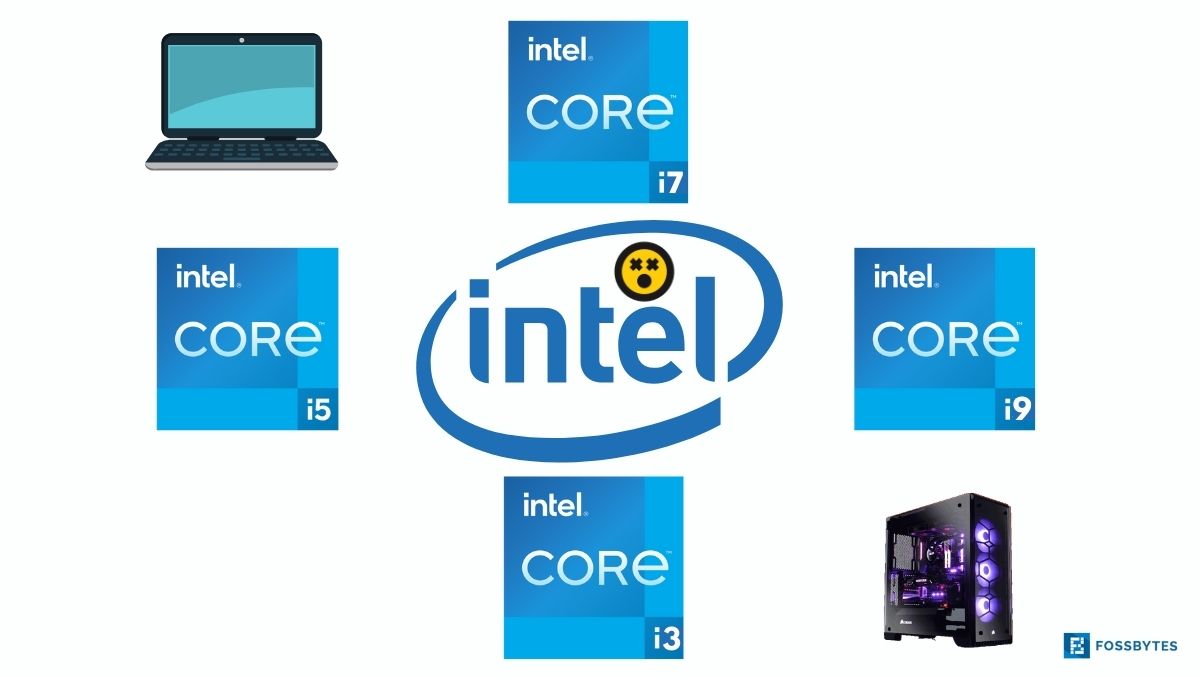
Every technology has its pros and cons. While there are significant downsides to Intel CPUs like weak integrated GPUs, etc., one of the weirdest but biggest con is how Intel decides to name its processors and raises the confusion bar each year. In this article, let’s dig deeper into this Intel naming scheme to clear the mist and help decide which processors are made for what audiences.
Intel
is one of the most well-known names in the market. The semiconductor giant has surely played a huge role in transforming the world and our lives thanks to its desktop and mobile (laptop) processors. But thanks to
AMD
stepping in with their Ryzen series of CPUs, the Intel monopoly has diminished over the past couple of years.
Types Of Intel Processors
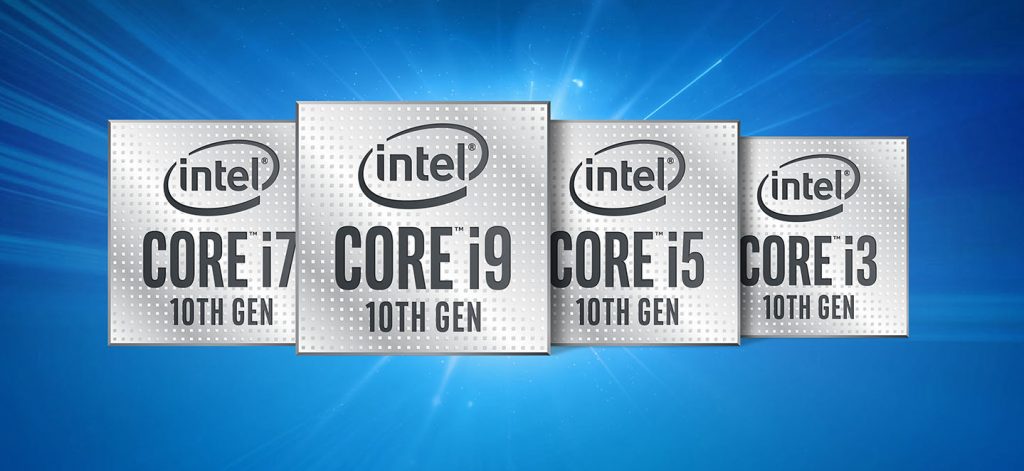
Intel’s processor lineup is divided into six segments – Core i3, Core i5, Core i7, Core i9, Celeron, and Pentium. We’ll talk about the first four as they’re more common.
What Is Core i3?
Core i3 is your most basic option. These are generally targeted at people who don’t do a lot of multitasking and gaming. As a result, they cost very little.
If you want to browse the internet or use Microsoft Office effortlessly, the latest Core i3 processor should be enough.
What Is Core i5?
Core i5 is a great option for multitasking and a moderate amount of gaming. Core i5 stock keeping units are a tad bit expensive than i3’s but, you do end up getting a lot of extra horsepower for that extra amount.
What Is Core i7?
Core i7 processors are mainly targeted towards gaming enthusiasts and content creators. When paired with the right GPUs, Core i7 should be able to handle anything you throw at it. This includes AAA gaming titles, heavy video editing, and 3D object rendering.
What Is Core i9?
Core i9 processors are a tad bit faster than Core i7’s. One of the significant differentiating factors between them is better Hyperthreading, which enhances parallel computing.
Things like higher core count, more cache, and higher core clock speed make Core i9 better than Core i7 processors.
It is worth noting that desktop and mobile processors are very different when it comes to performance. A top tier Desktop Core i7/i9 will indeed outperform a top tier Mobile Core i7/i9.
Desktop i7/i9 demand better and efficient cooling solutions readily available (Ex: Liquid Cooling). In contrast, mobile i7/i9 processors, due to the absence of space in laptops for better cooling systems, don’t give out more horsepower as they have to boil down the performance to generate less heat.
Intel Processor Naming Schemes
From 6th Generation To 9th Generation
Before the 10th Gen processors mess, Intel’s naming scheme was reasonably easy to understand. To understand how exactly Intel names their processors in a better way, let me give you an example.
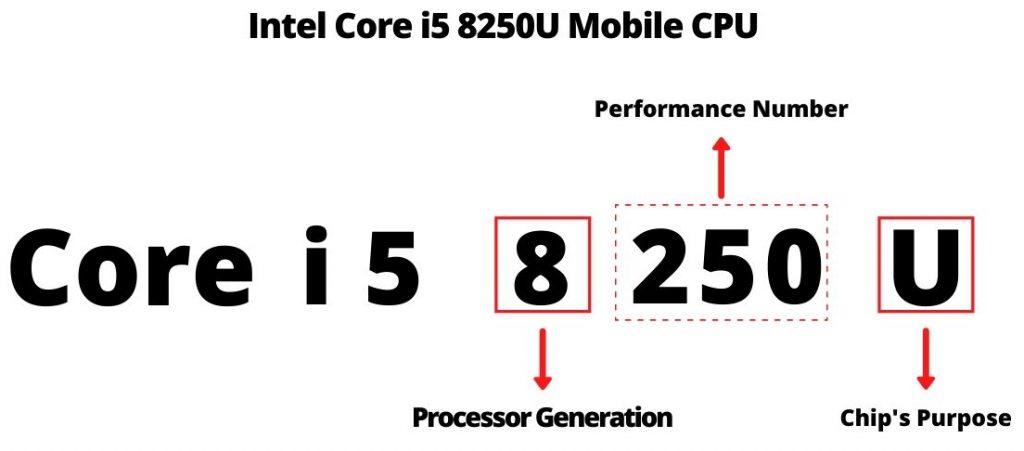
Intel’s Coffee Lake lineup was undoubtedly one of the company’s most popular. The 8th gen Core i5 8250U was made for laptops that carry the “Slim and Light laptop” title.
Here, “8” is, as you might have guessed, the processor’s generation followed by another 3-digit number, “250”, which gives us an idea of how the processor will perform. Other SKUs like 8265U and 8350U will perform significantly better.
The lineup ends with a letter, which, in this case, is U. Intel’s U series processors bear lower clock speeds, thereby improving the overall battery performance and cutting down the performance by a significant margin. These are only used in laptops.
There are a lot of other suffixes used in both desktop and laptop processors. Here’s a list of letters at the end of Intel Processors.
Intel Processors Suffix Meaning – What Do The Letters Mean?
|
Letter
|
Meaning
|
|
H
|
Mobile Processors optimized for performance
|
|
HK
|
Mobile Processors optimized for performance and overclockable
|
|
HQ
|
Quad-core Mobile Processors optimized for high performance
|
|
K
|
Unlocked Processors. Overclockable
|
|
S
|
Special Edition
|
|
U
|
Power-efficient Mobile Processors
|
|
Y
|
Extremely low Powered Mobile Processors
|
|
T
|
Moderately power-optimized Processors
|
|
G
|
Desktop Processors including discrete/integrated graphics
|
|
F
|
Desktop Processors excluding discrete/integrated graphics
|
|
E
|
Embedded Processors
|
|
G1-G7
|
Graphics performance starting from Comet Lake (10th Gen) Processors.
|
Starting with H, HK, and HQ processor lineup, these are usually found in gaming machines. Like HK, which stands for high performance, overclockable, there are many processors with mixed keywords like “KF” in desktop processors, which means “overclockable with no discrete graphics.”
For starters, think of overclocking as increasing the stock speed of a fuel-powered engine. More speed produces more heat, which might affect the engine’s longevity, which, in this case, refers to the processor.
From 10th Generation Onwards
Intel shifted its naming scheme to add a bit more confusion and went all bonkers over naming 10th Gen processors. This Intel naming scheme is so difficult; even enthusiasts find it confusing.
The giant introduced new letters “G” followed by a number from “1-7” in “Ice Lake” Processors, which come with new Intel Iris Graphics. In contrast, the more recent “Comet Lake” processors use the older naming schemes that end with one alphabet.
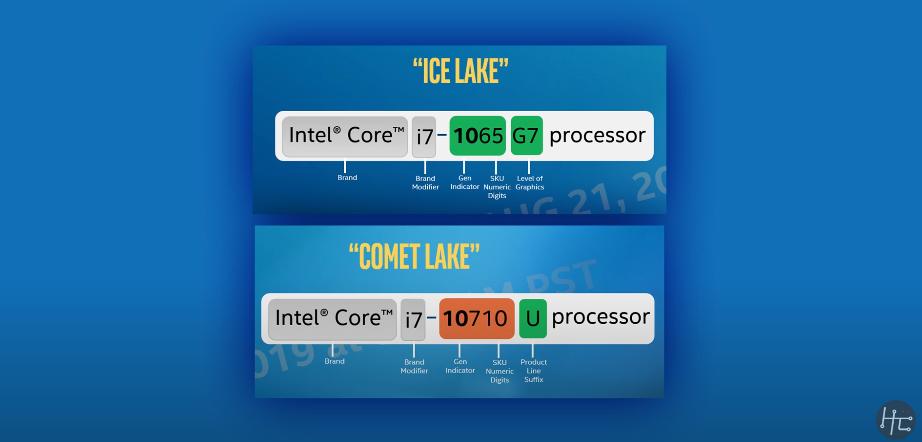
Source:
Hardware Canucks
Here, the G stands for graphics performance, and you’ll find it only in Mobile CPUs. This means a processor with “G7” will have better graphics performance than “G1.” The Intel naming scheme of desktop processors remains the same as in previous generations.
Now you might think, “
Well
,
that’s pretty simple right? So what’s all the fuss about?”
and that’s where it gets more ridiculous. In Ice Lake mobile CPUs, having a higher higher SKU number doesn’t mean better performance.
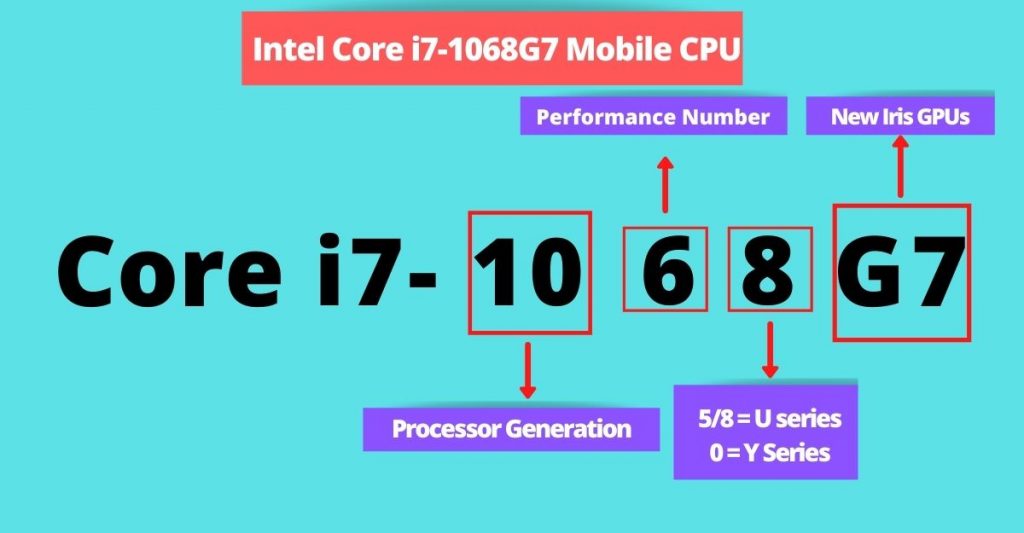
Let us take four Ice Lake processors.
-
i5-1035G7
-
i5-1030G7
-
i7-1065G7
-
i7-1060G7
If I ask you to stack them based on their performance, starting from the most to least powerful, your answer might be this.
-
i7-1065G7
-
i7-1060G7
-
i5-1035G7
-
i5-1030G7
And that’s where you’re wrong. As you can see in the above image, the digit after the first three digits are not the performance number; rather, it represents the U/Y series if it’s 5/8 or 0, respectively. Hence, the right arrangement is.
-
i7-1065G7
-
i5-1035G7
-
i7-1060G7
-
i5-1030G7
This messed up Intel naming scheme leads to a lot of confusion while buying Laptops, and one wrong decision might ruin the time that you’ll spend with your shiny new machine.
A Few Words Before We Wrap Up
From an enthusiast point of view, Intel needs to clear out the confusion caused by its naming schemes. But, the bottom line is, it knows not everyone decides to buy by just looking at the numbers. Hence, we don’t see Intel adapting to more simpler names anytime soon.
That said, I can’t stop mentioning AMD Ryzen CPUs because they’ve gotten so much better over time. The latest Ryzen 4000 series mobile processors are truly an engineering marvel. It strikes a perfect balance of being power efficient while performing incredibly well. The Ryzen 4500U powered Swift 3 from Acer is one of the few machines I’ve tried and was highly impressed with.
FAQs
-
What generation of Intel Processors is current?
11th Gen Tiger Lake
is the current latest generation of processors from Intel.
-
How do I check which processor generation I have?
If you’re running Windows 10, click on start and search for This PC. Right-click on the same and click on the Properties option.
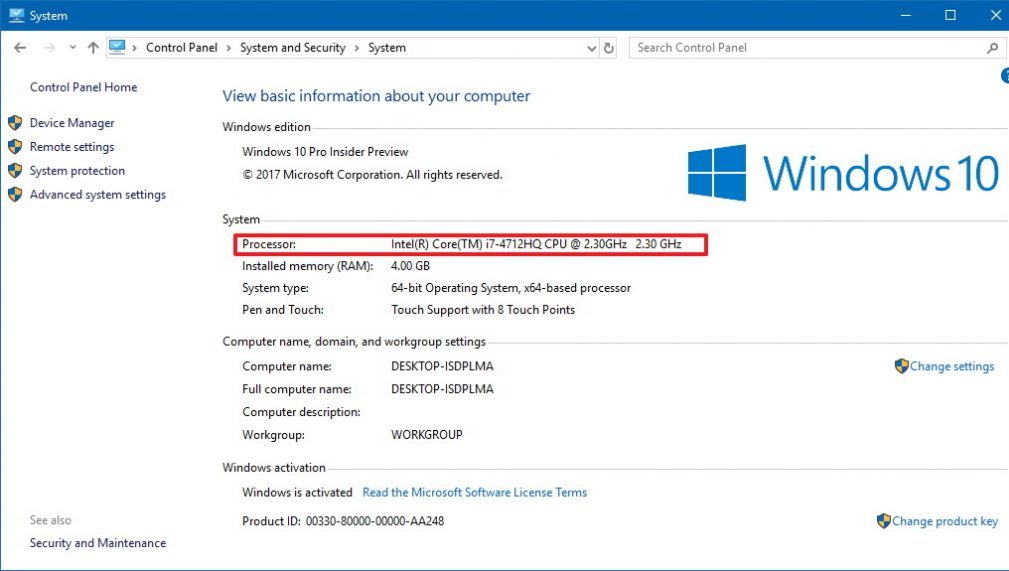
Do you want us to write an article explaining AMD’s Zen Architecture in detail? Let us know in the comments section below.
Don’t forget to share your opinions and views on Intel’s naming scheme and how it can fix them.
The post
The Super Confusing Intel Processors Naming Scheme Explained!
appeared first on
Fossbytes
.
 chevron_right
chevron_right
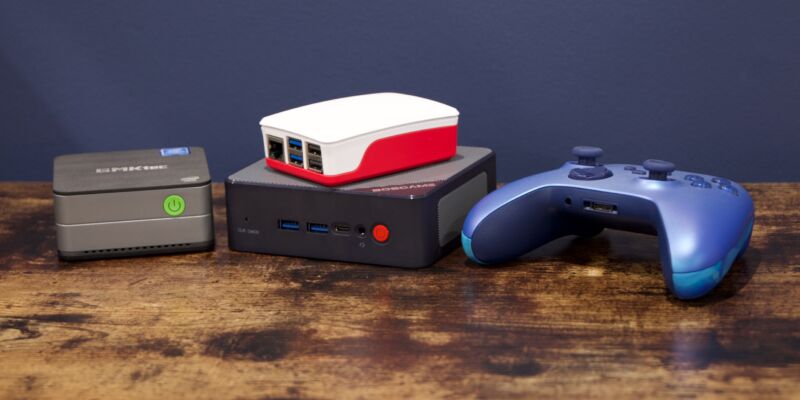

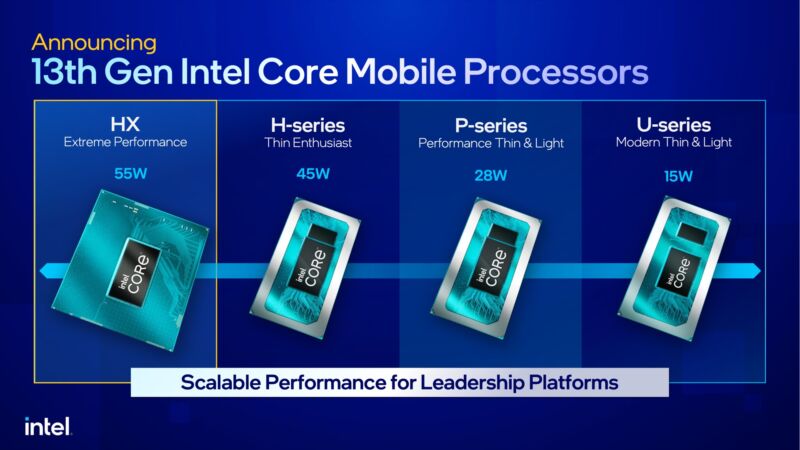
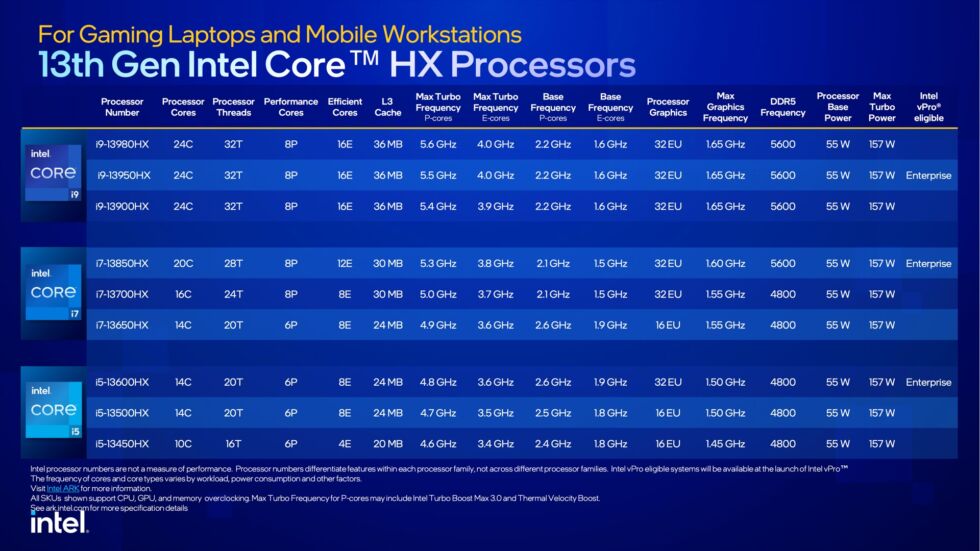




 Source:
Source:

